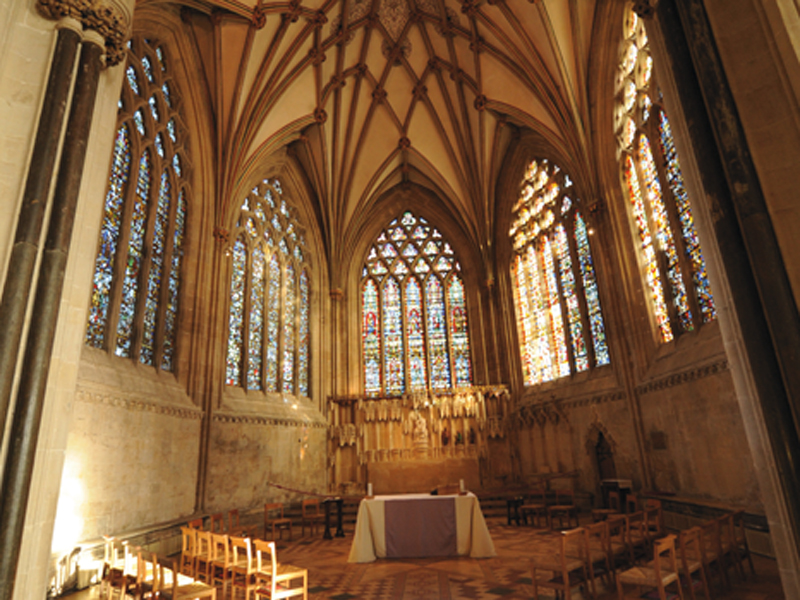
It doesn't matter how expensive, advanced or 'intelligent' digital cameras become, they're still going to turn out the occasional dud.
Lots of indoor and low-light shots are ruined by flash when the available light would have made a much better picture. Landscape shots often suffer from 'blown' (overexposed) skies because the camera's concentrated too much on the foreground.
It's not really the hardware's fault. Cameras can't think for themselves. The secret of getting the most out of a digital camera is to understand its limitations and when you're going to have to step in and take charge. The camera's doing its best, but it doesn't know what you know.
While there's no way that we can give specific advice for every shooting situation you're likely to encounter, every unusual lighting setup that might interfere with the shot or every possible mix of speed and quality to impress friends, family, or even employers, most photographic problems stem from the same handful of issues. You need to be aware of these before clicking the shutter.
Photoshop and similar programs can work wonders, but not miracles. A well-exposed photograph will not only look much better right now, it'll give you much more scope to add your own flourishes later, from simple touch-up work like sharpening, to snappy special effects.
You don't need a hyper-expensive camera for this, most of the tips are just as valid for a portable point-and-shoot as they are for a solid budget digital SLR like the Nikon d60 or a full professional rig with all the best glass. Let's get started with a simple, if seemingly counter-intuitive tip, that will instantly improve your shots.
Turn off the flash
Get daily insight, inspiration and deals in your inbox
Sign up for breaking news, reviews, opinion, top tech deals, and more.
Built-in flashguns must have seemed like a good idea at the time. When it was too dark to take pictures, you needed some other way of lighting the scene, and the on-camera flash was born, producing harsh, short-range lighting. But then the makers thought they'd get clever.
They made cameras that fired the flash automatically if the built-in light metre decided it was too dark to do without. And that's how it's been ever since, despite the fact that this is often the worst possible solution.
This is why party shots look as if they are illuminated by a miner's helmet. It's why cameras are (largely) banned in stately homes, galleries and museums, and it's why sooner or later you're going to suffer the crushing embarrassment of being ejected from a concert or theatre because you forgot to turn your camera's flash off.
And it's all so unnecessary. Today's cameras have maximum ISOs of 1600 or higher, which means, in broad terms, that it's possible to shoot in the dimmest ambient indoor lighting without flash, and you'll preserve the ambience much more effectively as a result. True, higher ISOs mean lower quality, but that's nothing compared to the ghastly lighting of the on-camera flash.
It is possible to use flash diffusers, or 'bounce' the flash off nearby surfaces to produce a softer effect, but built-in flashguns don't have the power for this. It needs professional flash units and professional lighting experience, too, in most cases.
One common trick with dedicated flashguns that anyone can do is to bounce the light off the ceiling instead of aiming it straight at the target. This greatly improves the quality of the image, but can lead to some unusual shadows.
In other words, turn off your camera's flash and use the available light instead. The flash has its uses, but it should not be used as the main source of illumination.
Pre-focus your shot
Shutter lag is that seemingly interminable delay between the moment you stab at the shutter release and the moment the camera actually gets round to taking the picture. It's not even the same every time. It's why so many of your photos aren't the perfect image you staged.